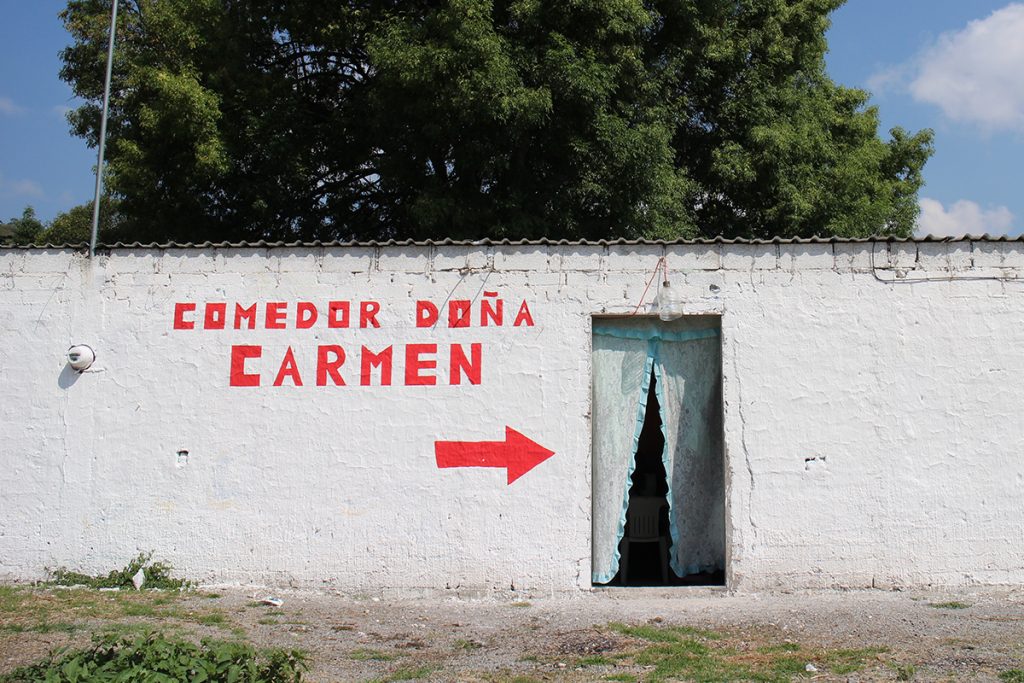By Diego Mier and Terán G.
Director of Innovando la Tradición
When asked what I do, I try to avoid saying: “I’m a designer.” Instead, I say I design. Why? Because one thing is what I studied, and another is what I do for work, and another still is who I am.
On the other hand, I think of design more as a verb, an action, or a method rather than as a noun, an object, or a product. Building on this idea, I want to write about design in relation to its environment, craftsmanship, social change, utopias, and whatever else comes up.
John Thackara, the fabulous thinker and critic, says that designing is “what human beings do.” Scientist Herb Simon said that “everyone who devises courses of action aimed at changing existing situations into preferred ones is designing.” The mechanic who decorates his workshop with pinup calendars, the executive who selects a certain tie in order to make a good impression, the farmer who chooses the best crop for the field, or the member of Hub that comes up with a series of strategies to reduce discrimination, all of them are designing something.

Of course, there are people called designers: those of us who design professionally. It is a discipline that specializes in giving shape to spaces, objects, messages, and systems. It arose from the Industrial Revolution and has become an essential motor of our economic system.
Product design fuels the consumption machine. It lubricates through advertising, web pages, and packaging that convince us of the desirability of owning such and such a thing. This is what most people imagine when they think about design: a practice whose justification is mainly commercially driven. The news is designed, as are television spots, in order to keep us all in a state of constant need, ranging from the misfortunes of others, but others that are nearby, to the promise of happiness which can be accessed for just a few pesos. We know the drill.
More broadly, design helps develop the stories we tell ourselves as a society. It determines how we relate to most of what surrounds us, leading us to interpret and experience the world in certain ways.
The messages around us mold the way we perceive nature, beauty, sex, time, and ourselves. Objects mold the way we relate to others, to work, and to our bodies. Similarly, spaces and systems influence our behavior, our views, rhythms, raise us high or lower us, be still or not. Subtly and surreptitiously, design tells us what to believe, what to value, what to ignore, and how to behave.
Think about ubiquitous objects, the ones we take for granted, like a chair or a pair of shoes. They are so common that they seem like natural, although in other cultures and other times they may not even exist. But these harmless objects reproduce our beliefs, and reinforce them.
If we see someone who is barefoot or sitting on the ground, we may consider them “backwards” since in our culture it is important to be separate from the earth. Distancing ourselves from the earth is considered progress. A pair of shoes is also historically important, because of its origin, which makes it different from a pair of huaraches, or leather sandals. Shoes also lead us to use and perceive our bodies a certain way (protected, constrained). This is also true of using a chair compared to sitting on the ground, which many people do around the world. ¿Have we asked ourselves why we work, study, and eat while sitting in a chair? ¿What would we think if restaurants had straw mats instead of chairs?
Anything produced by humans is (for better or for worse) designed. Design codifies and reproduces a society’s values, what we consider good and desirable, and we rarely question this. How can we design in order to question and effectively change the world around us?